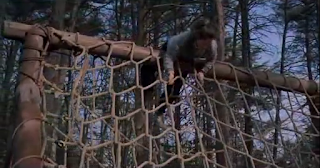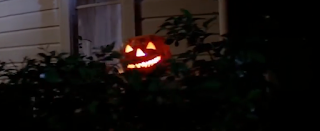In what ways does your media product use, develop or challenge forms and conventions of real media products us?
Our media product complies with media horror conventions. We follow the conventions of gender within horror movies. The victim in our opeining is female and it's given the stereotypical label of 'damsel in distress'. Our inclusion of pictures in our opeining also furthers the horror conventions. The inclusion of pictures are used on many popular horror movies such as The Ring and Shutter.
How does your media product represent particular social groups?
In our opening scene we used a young female character as our main protagonist. In our intro, our character is seen as naïve and vulnerable as most girls are portrayed in horror movies. We used teenager as the main character and protagonist in our opening. We did this in order to appeal to our target audience, as we felt our audience would be able to relate to the character on screen; this is primarily because our target audience was aged roughly from 15-18.
In our opening scene we used a young female character as our main protagonist. In our intro, our character is seen as naïve and vulnerable as most girls are portrayed in horror movies. We used teenager as the main character and protagonist in our opening. We did this in order to appeal to our target audience, as we felt our audience would be able to relate to the character on screen; this is primarily because our target audience was aged roughly from 15-18.
Who would be the audience for your media product
- Thrill seekers - our target audience would be the typical adrenaline seeking junkees
- Working class/inner city teenagers
- Young adults of both sexes - our audience research showed a ratio of almost '1:1'.
We were mainly influenced by our target audience which allowed us to identify our specific audience.
Looking back at your preliminary task, what do you think you have learnt in the progression from it to the full product?
I learnt a various number of skills in regarding camera skills and editing skills from the preliminary task. One of the most important things I learnt from the preliminary task was time management of filming and editing; this led me to excel much quicker a in my main task. Furthermore, due to all the handling of the cameras I was much more comfortable using a wide range of camera angles and shot types from al different positions. I also became very familiar with the editing software which I though was very complicated at first, however finally got the hang of after much practice.






































